Gender Transformation: Understanding the Process and Outcomes
Written by: Danette Wilkins, Program Officer, Breakthrough ACTION, and Joanna Skinner, Population and Reproductive Health Technical Lead and Gender Advisor, Breakthrough ACTION
Restrictive social and gender norms and power imbalances negatively impact the ability of people to access information, resources, and services and attain their full potential for health and well-being. Gender-transformative approaches create and leverage opportunities to examine, question, and shift restrictive norms and power imbalances. Importantly, gender-transformative approaches foster an enabling environment beyond individuals to address the systems and structures that uphold and replicate inequitable gender dynamics and unequal power relations. This enabling environment is facilitated through public policies, institutional practices, and gendered representations, among other elements.
At the same time, gender-transformative approaches must be carefully evaluated to ensure they are actually achieving gender transformation and improving health and social outcomes in a given environment. [1] Programs can use process and outcome evaluations to better understand whether they achieved their intended results (outcome) and the how and why behind the results (process).
Given the implications of gender on health and social outcomes across people’s lives, Breakthrough ACTION continues to identify opportunities to move its global programming further along the gender integration continuum, a tool for assessing the degree to which a program or intervention is gender-transformative not only in theory but also in practice. This gender integration process across global programming has generated important lessons and considerations for efforts across Breakthrough ACTION and other global social and behavior change (SBC) programming.
The new report Moving the Needle Towards Gender Transformation in Diverse Social and Behavior Change Programming Across West and Central Africa: Lessons and Considerations highlights three case studies from Breakthrough ACTION programming across francophone Africa. These case studies demonstrate how programs can make inroads in addressing inequitable gender dynamics and unequal power relations across diverse environments. We invite you to read the report and consider how you can continue to move your own programming further along the continuum towards gender transformation.
RESOURCES
Moving the Needle Towards Gender Transformation in Diverse Health Programming Across West and Central Africa: Lessons and Considerations: English | French
Gender Equality Check-In: A Tool to Assess Gender Integration and Gender Transformative Programming
[1] Malhotra, A. (2021). The Disconnect Between “Gender-Transformative” Language and Action in Global Health. “The Power of Evidence” Think Piece and Podcast Series 2021. United Nations University International Institute for Global Health. https://www.genderhealthhub.org/articles/the-power-of-evidence/

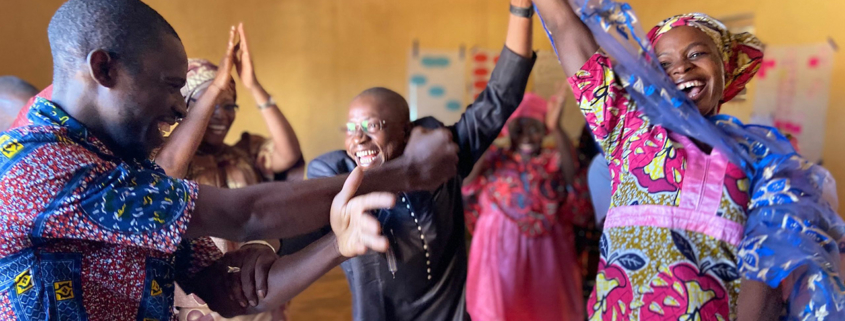 Breakthrough ACTION
Breakthrough ACTION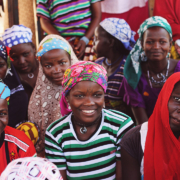 Cambey Mikush/Photoshare
Cambey Mikush/Photoshare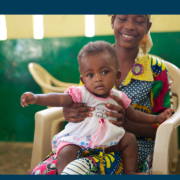 Sara Holbak/VectorWorks/Photoshare
Sara Holbak/VectorWorks/Photoshare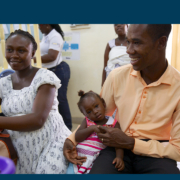 Sarah Hoibak/VectorWorks/Photoshare
Sarah Hoibak/VectorWorks/Photoshare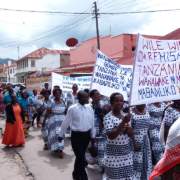 Rebekah Munnikhuysen/US Peace Corps/Photoshare
Rebekah Munnikhuysen/US Peace Corps/Photoshare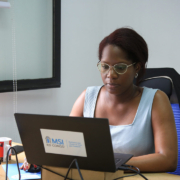 Getty Images/Image of Empowerment
Getty Images/Image of Empowerment © 2012 CCP/NURHI 2, Courtesy of Photoshare
© 2012 CCP/NURHI 2, Courtesy of Photoshare